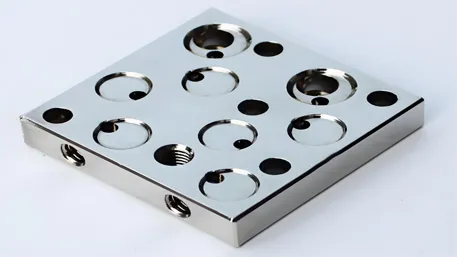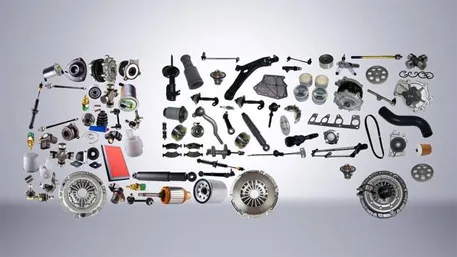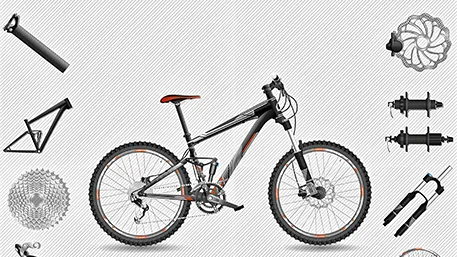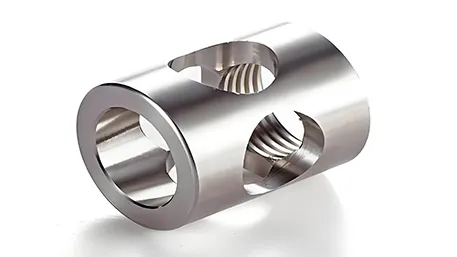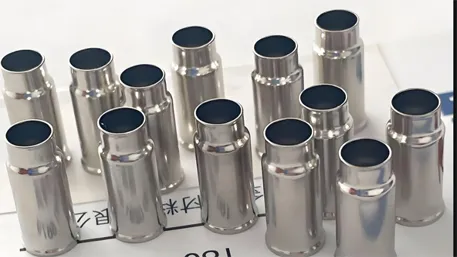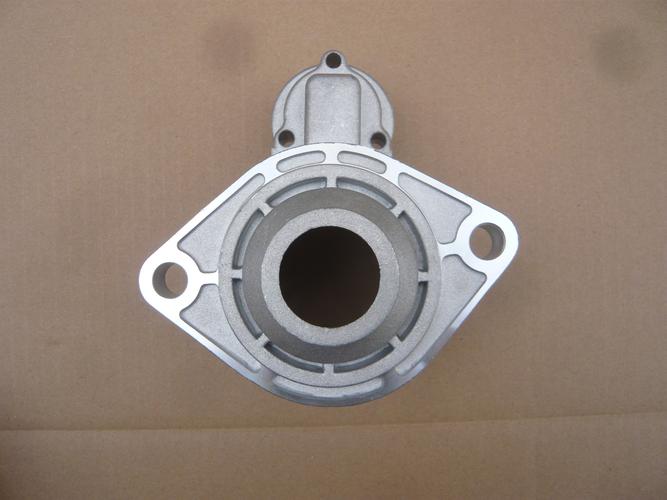In modern manufacturing, CNC machining technology has become the preferred method for producing high-precision parts due to its outstanding precision and efficiency. The precision of parts not only affects the performance and quality of the product but also determines its competitiveness in the market. Today, let’s delve deeply into the key factors influencing the precision of CNC machined parts and how to achieve higher precision levels.
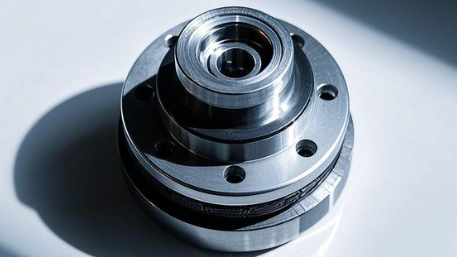
I. Factors Affecting the Precision of CNC Machined Parts
Machine Tool Precision
The precision of the CNC machining center itself is the basis for determining the machining precision of parts. The geometric precision, positioning precision, and repeat positioning precision of the machine tool will be directly reflected in the dimensional and shape errors of the machined parts. Therefore, choosing a high-precision and stable machine tool is the primary condition for ensuring the precision of parts.
Tool Selection and Wear
The quality, geometric shape, and wear condition of the tool have significant influences on the machining precision. Suitable tool materials and coatings can enhance the cutting performance and wear resistance, reducing the deformation and wear of the tool, thereby ensuring the stability of the machining dimensions. At the same time, timely replacement of worn tools is also crucial for maintaining precision.
Programming and Process Parameters
Accurate programming and reasonable setting of process parameters are the core for achieving high-precision machining. Optimization of parameters including cutting speed, feed rate, cutting depth, and tool path all need to be carefully adjusted according to the material, shape, and machining requirements of the parts to avoid problems such as vibration, overcutting, or undercutting during the machining process.
Fixture and Clamping Method
The design of the fixture and the clamping method directly affect the positioning and clamping stability of the parts during the machining process. Unreasonable fixtures may cause part deformation or displacement, thereby affecting the machining precision. Therefore, designing a dedicated fixture and adopting the correct clamping method are essential for ensuring the precision of parts.
Material Characteristics
The hardness, thermal expansion coefficient, internal stress, and other characteristics of the part material will have an impact on the precision during the machining process. For example, the thermal expansion of the material may lead to dimensional changes, and the release of internal stress may cause part deformation. Therefore, appropriate pretreatment of the material before machining, such as annealing and tempering, can improve the material properties and enhance the machining precision.
II. Measures to Improve the Precision of CNC Machined Parts
Regular Machine Tool Maintenance and Calibration
Regularly conduct maintenance and calibration of the machine tool, inspect and calibrate various precision indicators of the machine tool, promptly detect and repair the errors of the machine tool to ensure it is always in the best working condition.
Optimize Tool Management
Establish a tool life management system, replace tools in a timely manner according to the machining situation, and regularly sharpen and inspect the tools to ensure the sharpness and geometric precision of the tools.
Adopt Advanced Programming Techniques
When programming using CAM software, select appropriate algorithms and strategies, such as high-speed cutting technology and adaptive cutting technology, to improve machining efficiency and precision.
Temperature Control
During the machining process, adopt effective cooling measures to control the cutting temperature and reduce the influence of thermal deformation on precision. At the same time, maintaining a stable temperature in the machining environment also helps improve the precision consistency of the parts.
Measurement and Inspection
Use high-precision measuring instruments, such as coordinate measuring machines and laser interferometers, to inspect and analyze the errors of the machined parts, and promptly feedback and adjust the machining process parameters to continuously improve the precision of the parts.
In conclusion, the precision of CNC machined parts is a comprehensive indicator that requires strict control and optimization from multiple aspects such as machine tools, tools, programming, fixtures, materials, and measurement. Only with proper operation and full exertion of the advantages of the CNC machining center can high-precision miracles be created to meet the needs of modern manufacturing for high-quality parts.

